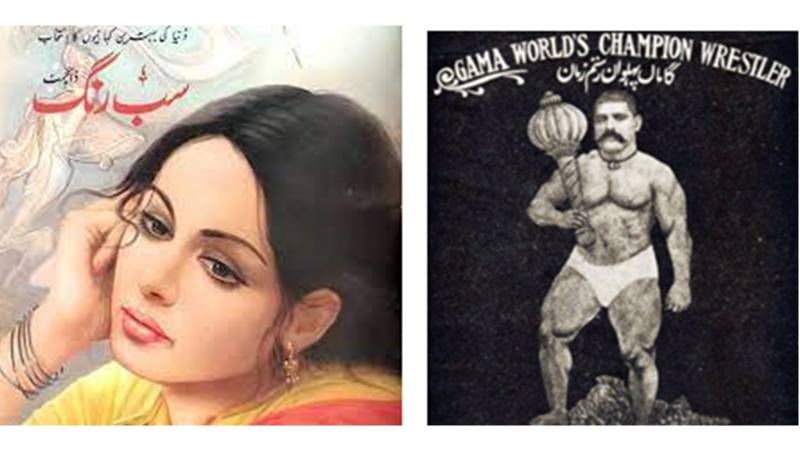
A group of young artists introduced pop art in England during the 1950s. They created a manifesto to promote the Pop Art movement and make their protest unique. They introduced a fresh and dynamic twist to conventional thinking by emphasizing everyday objects.
‘Popular Culture’ encompasses diverse forms like advertising, film, comics, science fiction, design and relatable poetry. Eduard Bulla gave a ground breaking lecture on American advertising and science in Paris. It played a crucial role in shaping popular culture by focusing on the challenges faced by the working class.
Instead of using complicated forms, it aimed to prioritize simple understanding. It positioned itself as a challenger to the dominant literary class supported by the government, classical influences, and complicated esotericism. This group of writers rejected popular culture and criticized art, literature, and music as tasteless and overly emotional.
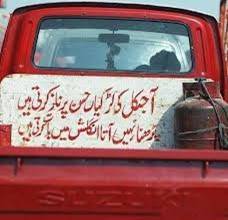
Pop represents a step towards postmodernism, using minimal elements to convey its message simply and precisely. It stands out by differing from previous art, shedding complexity for a simpler and more accessible aesthetic.
The Dada art movement combines Pop culture and protests against greed and exploitation. After the First World War, it emerged and disrupted society through various forms of expression, like theater, film, art, poetry, and music.
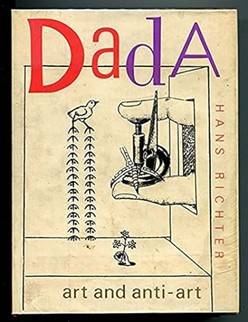
This wave inflicted a profound wound upon the social fabric, piercing through the veneer of the oppressive ruling class. This wound sparked a wave of transformation in art, literature, and music, exposing the ruling class's political pretenses. The working class's movement in politics, art, and music influenced Downton Music, Surrealism, and Punk Rock.
If we are to discuss South Asia here, it becomes essential to acknowledge the profound influences of the West on our culture, art, music, and literature. To the significant extent, the West has deeply permeated our cultural landscape. Poetry, music, simplicity, and straightforwardness are vital in our daily lives. Exploring thoughts and emotions is a vital part of recreation, seen in popular literary works called Pop Poetry. Many people, like the Pop movement, gravitate towards what is popular and likable. The style of disseminating thoughts is direct and simple. Sometimes, it is meaningless and far from reality. When the public prefers these thoughts and perspectives, or finds them popular or endearing, they use them repeatedly. This eventually becomes a formula. A film narrative or script is an example of popular literature.
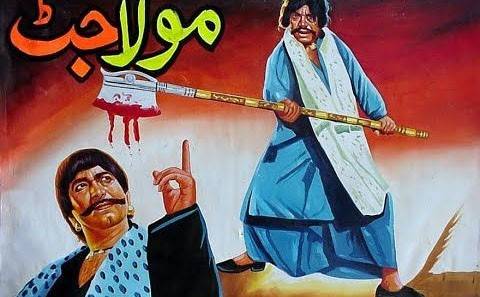
They deeply rooted the essence of South Asian cinema in theater. The South Asian film embodies the transformation of theater into cinema. South Asian films incorporate theatrical elements like exaggerated acting and melodramatic dialogues. Spectacle, concealed sexual conversations, and the misappropriation of recreational opportunities are prevalent.
If we were to mention the popular poetry of South Asia, we would refer to it as ‘Pop Poetry.’ It includes the slogans of collective arms in alleys and bazaars, the outcome of a woman’s slogan, read or sung in poetry, and more. Truck, bus, and rickshaw messages hold significance in Pop literature. For example, “Yeh Jeena Bhi Kya Jeena Hai Jhelum Ke Aage Dunya Hai”, which means What is this life to live when there is a whole world beyond Jhelum, or the most famous phrase “Pappu Yar Tang Na Kar” which translates to "Oh beloved, don’t distress me."
A popular art in South Asia is the cinema boards featuring Sultan Rahi holding a bloody sword in murky waters on cinema buildings. Photographs of wrestlers on wheelbarrows and pushcarts selling Kulfi (frozen cheese on a stick) with silver foil. Images of Gama Pehlwan holding a silver-motif-carved pikestaff, illustrations of children praying at home and the Kaaba in Mecca on religious calendars. Glimpses of the 1965 war, Major Aziz Bhatti's heroism, and visual representations on Sarwar Shaheed's Eid cards. The decorative designs on rickshaws, buses, and trucks are great examples of popular art. Pop art from South Asia is gaining recognition in the art world because of its growing acceptance.
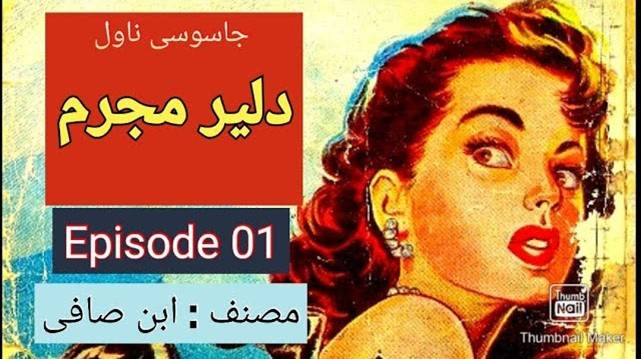
Popular literature or storytelling emerged in the 1950s, coinciding with the rise of digests. It swiftly gained popularity throughout South Asia, signifying a significant cultural shift. Magazines like Suspense Digest and Sab Rang Digest were important because of their serialized stories and regular publications. Serialized literature became synonymous with the early stages of popular literature.
The Pop Story is a significant part of South Asian literature, specifically the detective novels found in private street commercial libraries called “Aana Libraries”. These novels prominently feature Ibn-e-Safi, who made important contributions to Spy literature. These libraries contained adult-themed content, including works by writer Shaukat Thanvi.
Ibn-e-Safi's spy literature offers a unique and non-pornographic form of entertainment. Spy literature, beyond its entertainment value, espouses a simple societal formula: it rewards good actions and imposes appropriate consequences for transgressions.
Ibn-e-Safi’s inaugural novel, Diler Mujrim (Brave Criminal), was published in March 1952, starting a surge in the publication of his subsequent novels, akin to an unstoppable relay. The Urdu literary world awaited Ibn-e-Safi’s works with tremendous anticipation. People had to queue up in the street Ana libraries to gain his novels.
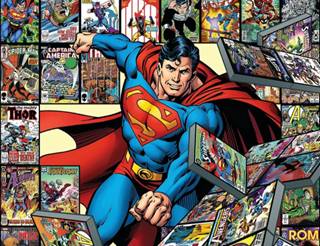
Novels published in India exceeded 100,000 copies, in addition to extensive publication in Pakistan. The characters created by Ibn-e-Safi, including Faridi and Imran, were always ethical heroes. The greatest quality of popular or prose literature was that it upheld the declining structure of Urdu among all hardworking people.
They played a significant role in making everyday conversations and dialogues vibrant. Rather than being ashamed, popular literature emerged as a legitimate offspring of literature, demanding its rightful respect, much like a resounding blow to the chest. The vernacular style of conversation among the hardworking populace became an integral part of Urdu literature, with phrases from regional languages, particularly Punjabi and Hindi, as well as expressions from English and other dominant languages, underscoring their significance, reminiscent of the richness found in Persian and Turkish vocabulary.
Therefore, one can liken the language of South Asia to the delectable sweetness of popular discourse, with the cinema of Lollywood or Bollywood serving as the serving spoon, and popular stories comprising its platter of sweet delicacies. The words spoken by people from all corners of South Asia and the world after tasting this meal reflect the essence of Urdu.

